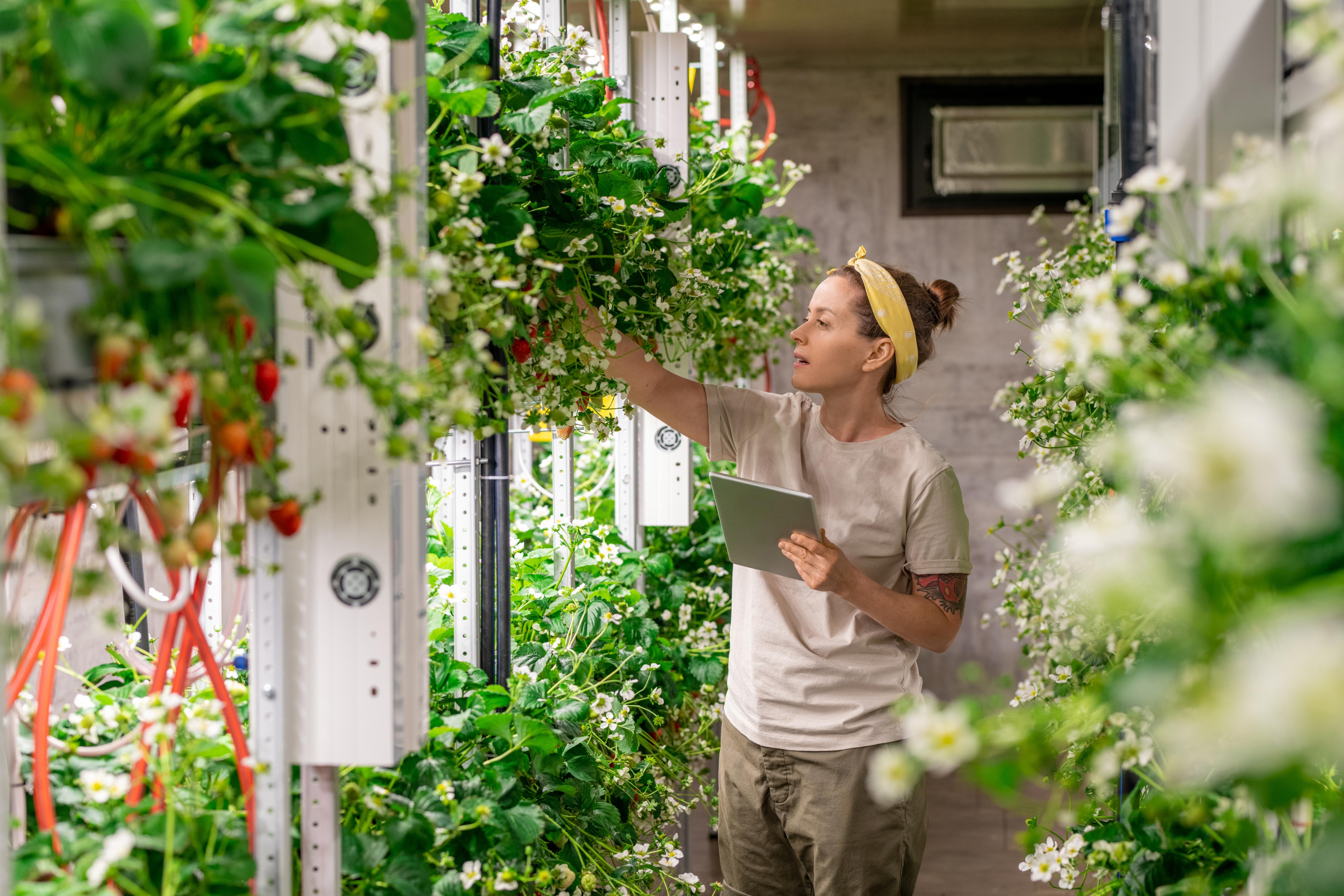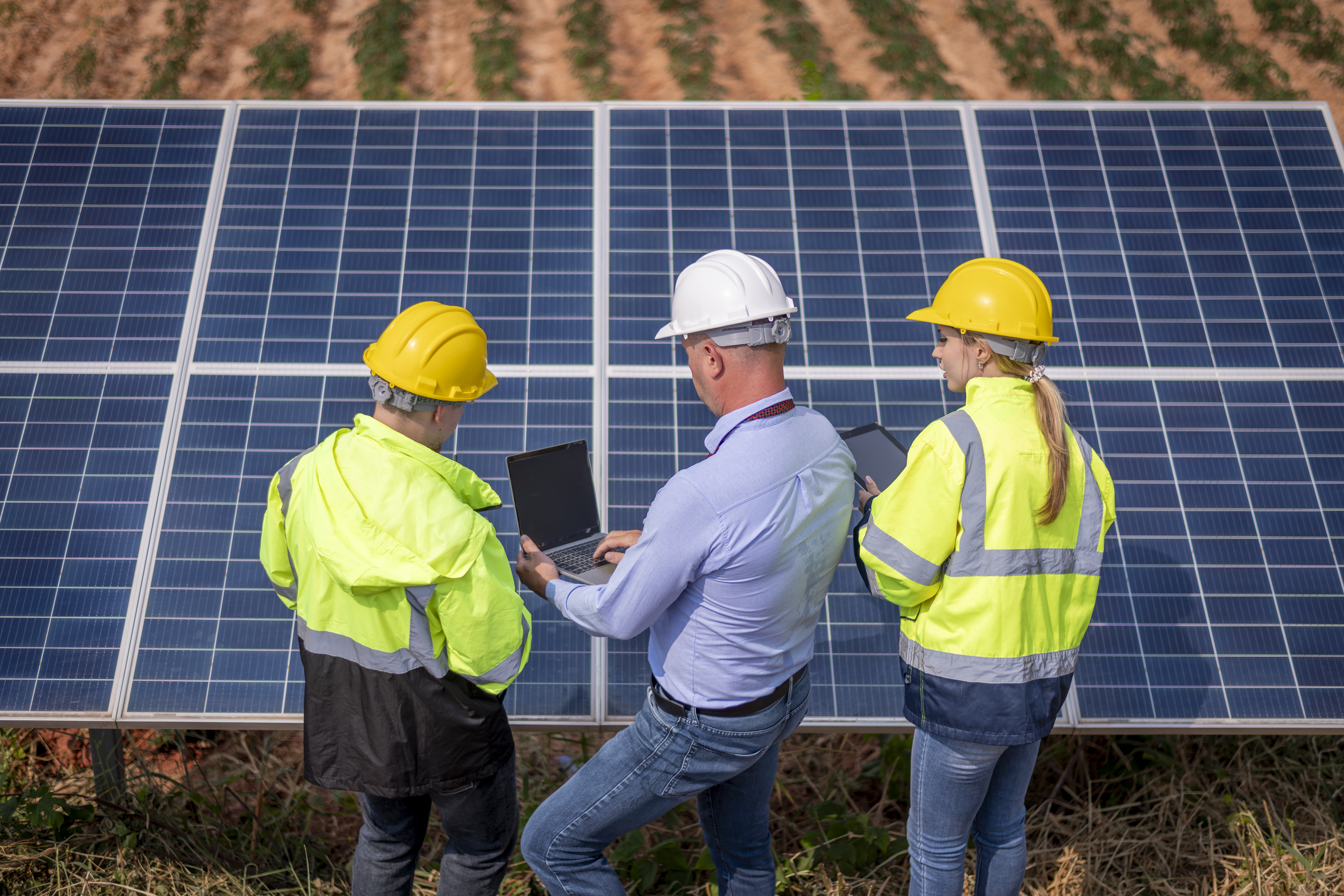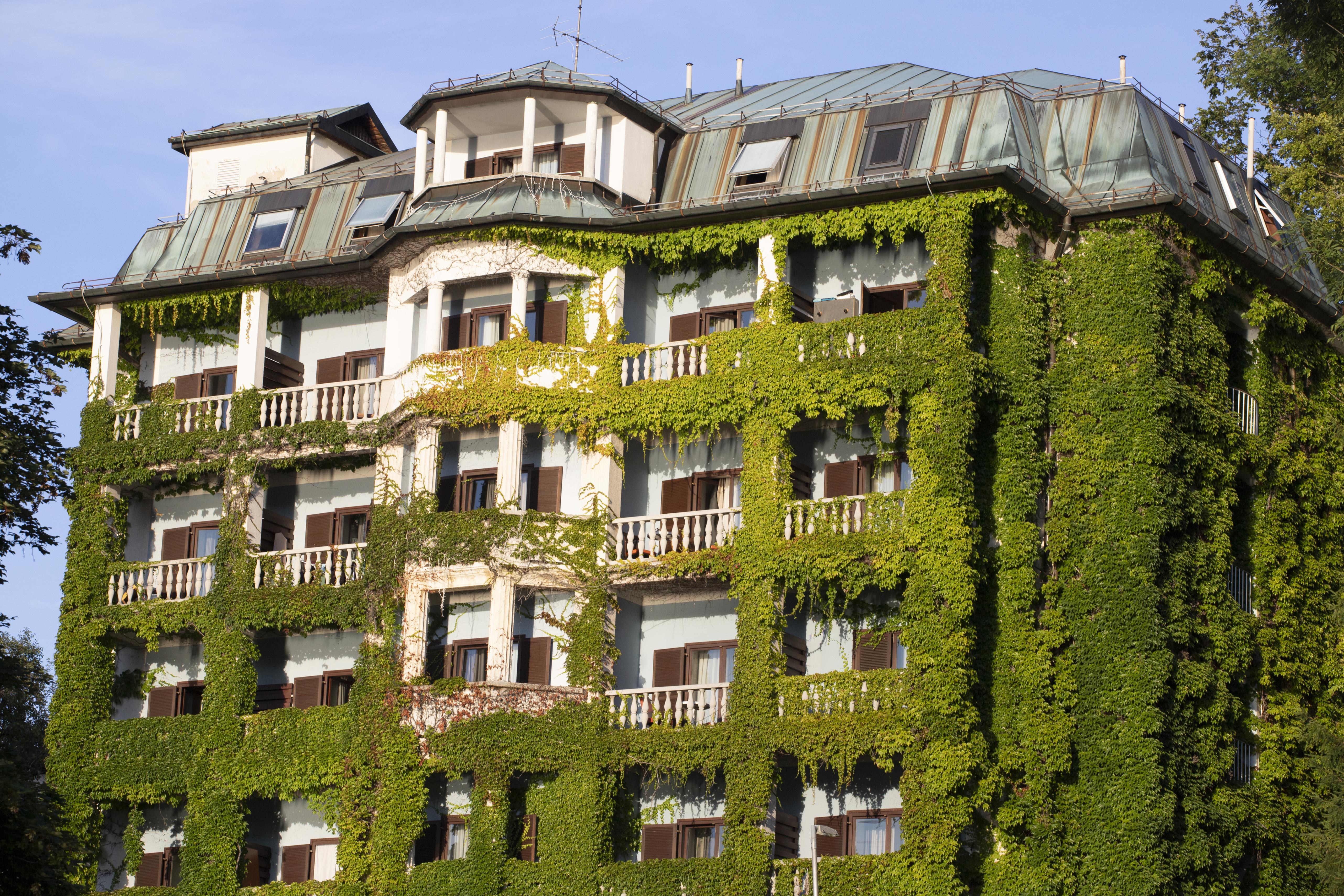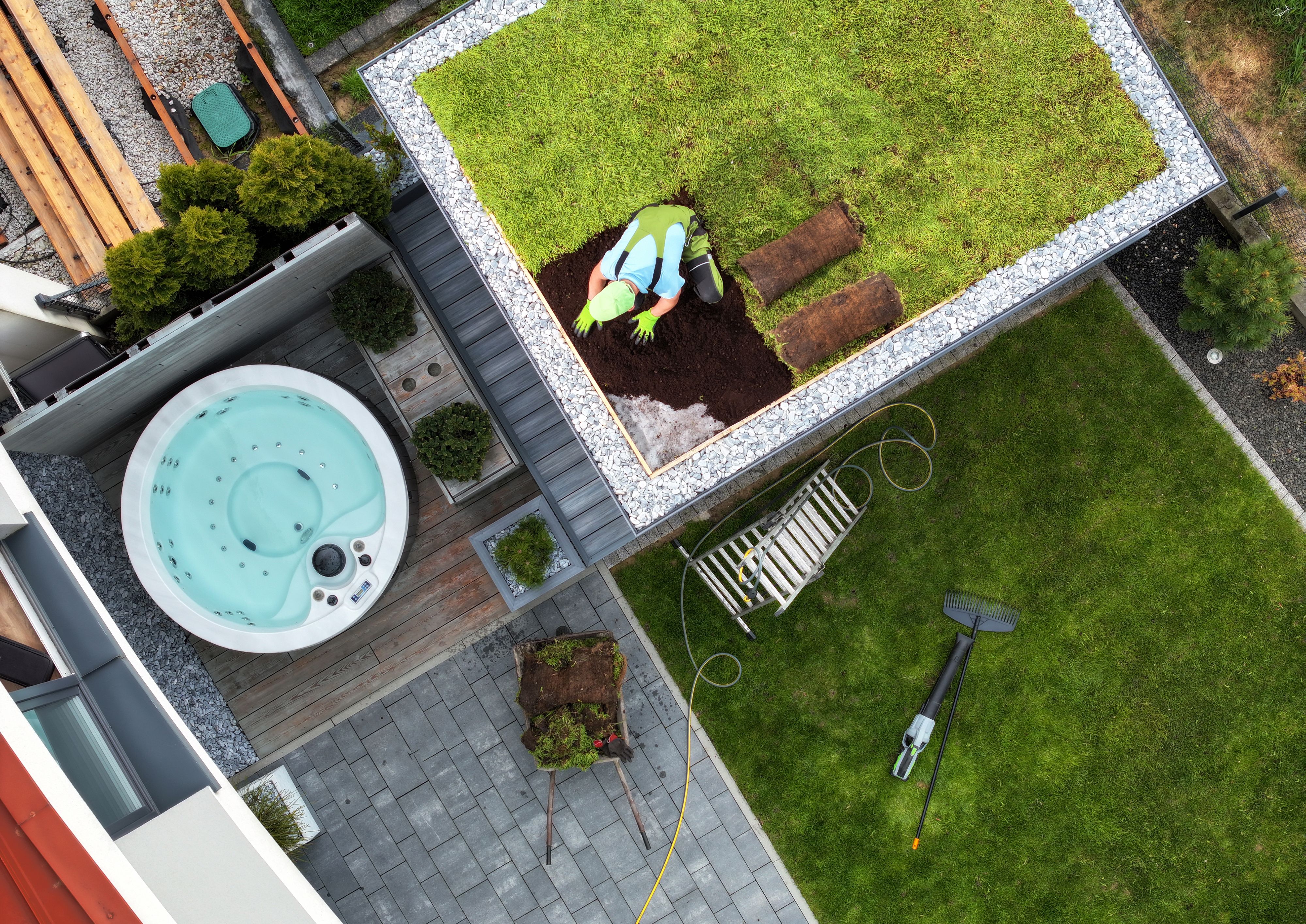Sustainable Cities: 7 Urban Innovations Shaping Our Greener Future
In the 21st century, the rapid expansion of urban environments has brought forth a pressing need for sustainable development. As cities continue to grow, they face challenges such as resource depletion, environmental degradation, and social inequality. To address these issues, urban planners and innovators are crafting a new blueprint for sustainable cities. This blueprint is not just a vision but a necessity for our future, incorporating cutting-edge technologies, green architecture, and community-driven initiatives. This article explores 7 pioneering urban innovations that are shaping the sustainable cities of tomorrow. Each innovation represents a critical piece of the puzzle, working in tandem to create urban environments that are not only livable but also resilient and inclusive.
1. Vertical Farming: Revolutionizing Urban Agriculture

Vertical farming is transforming how cities think about food production. By growing crops in vertically stacked layers, often integrated into other structures like skyscrapers or repurposed warehouses, urban areas can produce fresh food locally. This innovation reduces the need for transportation, cutting down on greenhouse gas emissions. Moreover, vertical farming uses significantly less water than traditional agriculture and can operate year-round, ensuring a consistent food supply. The technology behind vertical farming is evolving rapidly, with advances in hydroponics, aeroponics, and LED lighting making it more efficient and scalable. As cities adopt vertical farming, they not only increase their food security but also enhance urban biodiversity, creating green spaces that improve air quality and provide habitats for pollinators.
2. Smart Grids: Powering Cities with Intelligence

Smart grids represent a leap forward in how cities manage their energy consumption. Unlike traditional power grids, smart grids use digital technology to monitor and adjust the flow of electricity in real-time, optimizing energy use and reducing waste. This innovation allows for the integration of renewable energy sources such as solar and wind, which are intermittent by nature. By balancing supply and demand more effectively, smart grids enhance the reliability of urban power systems and reduce the carbon footprint of cities. Moreover, smart grids empower consumers by providing them with detailed information about their energy usage, encouraging more sustainable habits. As cities transition to smart grids, they lay the groundwork for a more resilient and sustainable energy infrastructure.
3. Green Building Technologies: Constructing Sustainable Structures

Green building technologies are at the forefront of creating sustainable urban environments. These technologies encompass a wide range of practices and materials designed to reduce the environmental impact of buildings. Innovations such as energy-efficient HVAC systems, solar panels, and eco-friendly building materials contribute to reducing a building's carbon footprint. Additionally, green roofs and walls not only insulate buildings but also provide urban greenery, which helps combat the heat island effect. The concept of green buildings extends beyond construction to include the entire lifecycle of a structure, from design and construction to operation and demolition. By adopting green building practices, cities can significantly reduce their environmental impact while creating healthier living spaces for their inhabitants.
4. Public Transportation Innovations: Enhancing Urban Mobility

Public transportation is a cornerstone of sustainable urban development. Innovations in this sector are making it more efficient, accessible, and environmentally friendly. Electric buses and trains are reducing emissions, while innovations like autonomous vehicles and ride-sharing platforms are transforming how people move around cities. Additionally, the integration of digital technologies, such as real-time tracking and mobile payment systems, is enhancing the user experience and encouraging more people to opt for public transport over private cars. By investing in public transportation infrastructure, cities can reduce traffic congestion, lower pollution levels, and improve the quality of life for their residents. The evolution of public transportation is crucial for creating sustainable urban mobility systems that meet the needs of growing populations.
5. Waste Management Solutions: Turning Waste into Resources

Innovative waste management solutions are critical for sustainable urban development. Traditional waste disposal methods are not only environmentally harmful but also inefficient. New approaches focus on reducing waste generation and promoting recycling and composting. Technologies such as waste-to-energy plants convert non-recyclable waste into electricity, reducing landfill use and providing a renewable energy source. Additionally, smart waste management systems use sensors and data analytics to optimize waste collection routes and schedules, reducing fuel consumption and emissions. By adopting these innovations, cities can minimize their environmental impact and turn waste into valuable resources. Effective waste management is essential for creating cleaner, more sustainable urban environments.
6. Water Conservation Techniques: Safeguarding a Precious Resource

Water is a vital resource for any city, and its conservation is crucial for sustainability. Urban areas are implementing innovative techniques to manage and conserve water more effectively. Rainwater harvesting systems collect and store rainwater for non-potable uses, reducing the demand on municipal water supplies. Greywater recycling systems treat and reuse water from sinks and showers for irrigation and flushing toilets. Advanced leak detection technologies help identify and repair leaks in water distribution systems, preventing water loss. These innovations not only conserve water but also reduce the energy required for water treatment and distribution. By prioritizing water conservation, cities can ensure a reliable water supply for future generations while reducing their environmental impact.
7. Urban Green Spaces: Breathing Life into Cities

Urban green spaces are essential for creating sustainable, livable cities. Parks, gardens, and greenways provide numerous environmental, social, and health benefits. They improve air quality, reduce urban heat, and support biodiversity. Moreover, green spaces offer recreational opportunities and promote mental well-being, fostering a sense of community and connection to nature. Innovative urban planning is integrating green spaces into the fabric of cities, using techniques such as green roofs, vertical gardens, and urban forests. These spaces are not only aesthetically pleasing but also serve as critical infrastructure for stormwater management and air purification. By prioritizing urban green spaces, cities can enhance their resilience and quality of life for residents.
Crafting a Sustainable Urban Future

The journey toward sustainable cities is a complex and multifaceted endeavor. The innovations explored in this article represent just a fraction of the efforts being made worldwide to create urban environments that are environmentally responsible, economically viable, and socially equitable. Each innovation, from vertical farming to community engagement, plays a crucial role in crafting the blueprint for our sustainable cities of the future. By embracing these pioneering approaches, cities can transform challenges into opportunities, creating urban spaces that support both people and the planet. The future of urban sustainability depends on our collective ability to innovate, collaborate, and commit to a shared vision of a better world.








